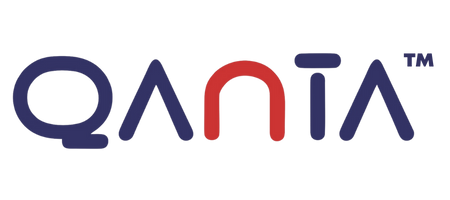One tool that stands out in medical gadgets is—the stethoscope. It’s been around for a long time and has seen impressive changes. Let’s dive into the story of stethoscopes, from their early days to the cool tech we have today.
The Start: Where It All Began
A long time ago, a French doctor named René Laennec came up with the first stethoscope. It was just a wooden tube! But it was a big deal because it let doctors hear inside people’s bodies, which was a new thing back then. This was the start of something big in medical science.
Stethoscopes Get an Upgrade
As time went on, stethoscopes got better. In the 1800s, George P. Cammann made the first stethoscope out of steel. That made it stronger and better at letting doctors hear what was happening inside. They also started making them with two earpieces, which made them easier to use.
Going Electric: A Big Change in Stethoscopes
In the 1900s, stethoscopes went electric! Instead of just using your ears, these stethoscopes had electronics inside to make sounds louder and clearer. They were a game-changer for doctors because they made hearing what was happening inside patients’ bodies easier.
Nowadays, stethoscopes are super smart. They can connect to computers and phones; some even have artificial intelligence! These smart stethoscopes can analyze heart sounds and send the info to doctors far away. It’s like having a doctor’s ears wherever you go!
More Than Just Listening: Stethoscopes Do It All
- Today’s stethoscopes offer more than just listening capabilities.
- They are equipped with various built-in sensors.
- These sensors enable checking heart rates and breathing patterns.
- Some advanced models can even perform electrocardiograms (ECGs).
- Stethoscopes have evolved into comprehensive diagnostic tools.
- They provide a convenient and portable alternative to traditional medical equipment.
- With multiple functions in one device, they offer efficiency and versatility in patient care.
What’s Next: The Future of Stethoscopes
The future of stethoscopes looks amazing. Thanks to a tiny technology called nanotech, they might get even smaller and more sensitive. And imagine if they could show doctors important info right in front of their eyes with cool glasses! The possibilities are endless.
Conclusion:
As technology advances, so too will stethoscopes, promising even greater enhancements in patient care. Each innovation reaffirms our dedication to improving healthcare outcomes for all. Stethoscopes serve as a beacon of progress, reminding us of our journey in pursuing better health and the endless possibilities in shaping a brighter future for medicine.

